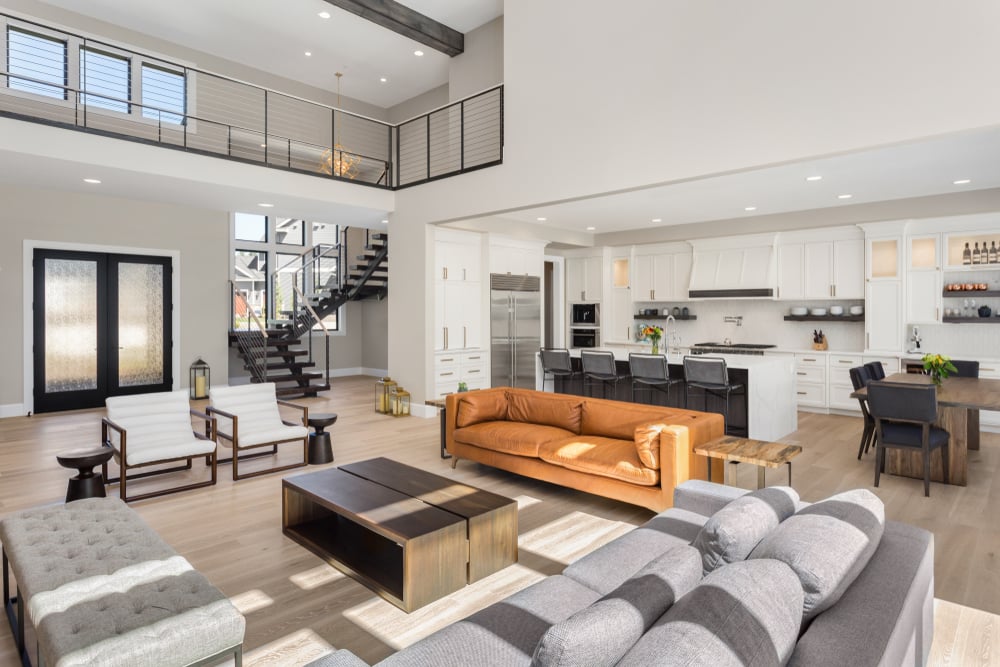
You might think your place is “fine,” but chances are it’s quietly outperforming homes you admire on Instagram. Real quality hides in the stuff you stop noticing: rooms that stay comfortable without cranking the HVAC, daylight that moves through the house all day, doors that close with a solid thunk, water that’s hot and steady, storage that never feels crammed, and a floor plan that makes everyday life easier. If guests linger, bills stay reasonable, and you actually use most of your rooms, you’re living with features buyers pay a premium for. Spot these 36 signs and you’ll realize your home is nicer than you think—on paper and in practice.
36. You rarely hear street noise inside.
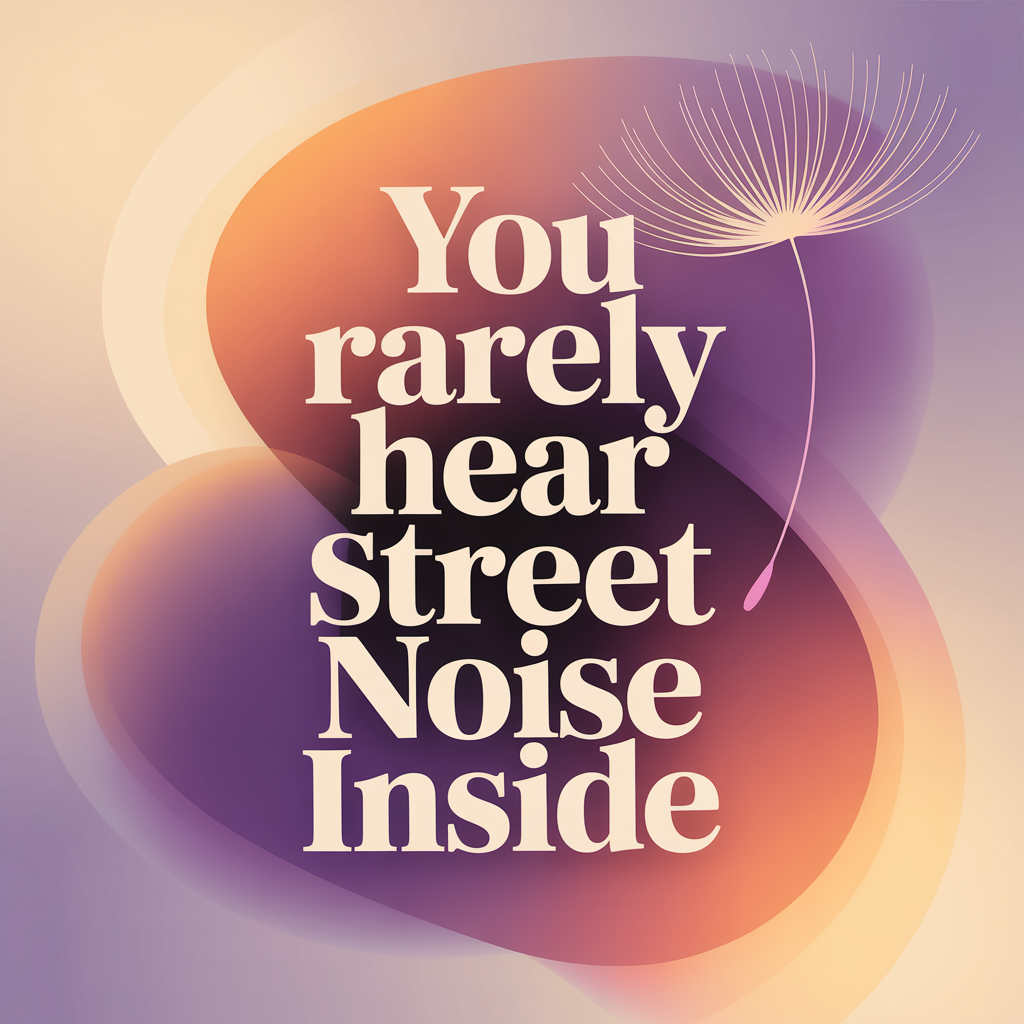
Quiet interiors point to solid insulation, quality windows, and tight construction. You don’t need white noise to sleep or work. Conversations stay private without raising voices. That’s real comfort you stop noticing until you visit a noisier house.
35. Natural light reaches multiple rooms all day.

Sun tracks through your space from morning to evening. That means good orientation, thoughtful window placement, and fewer dark corners. Lights stay off longer, which saves energy. Bright homes feel bigger and more uplifting.
34. Temperature holds steady with modest HVAC use.
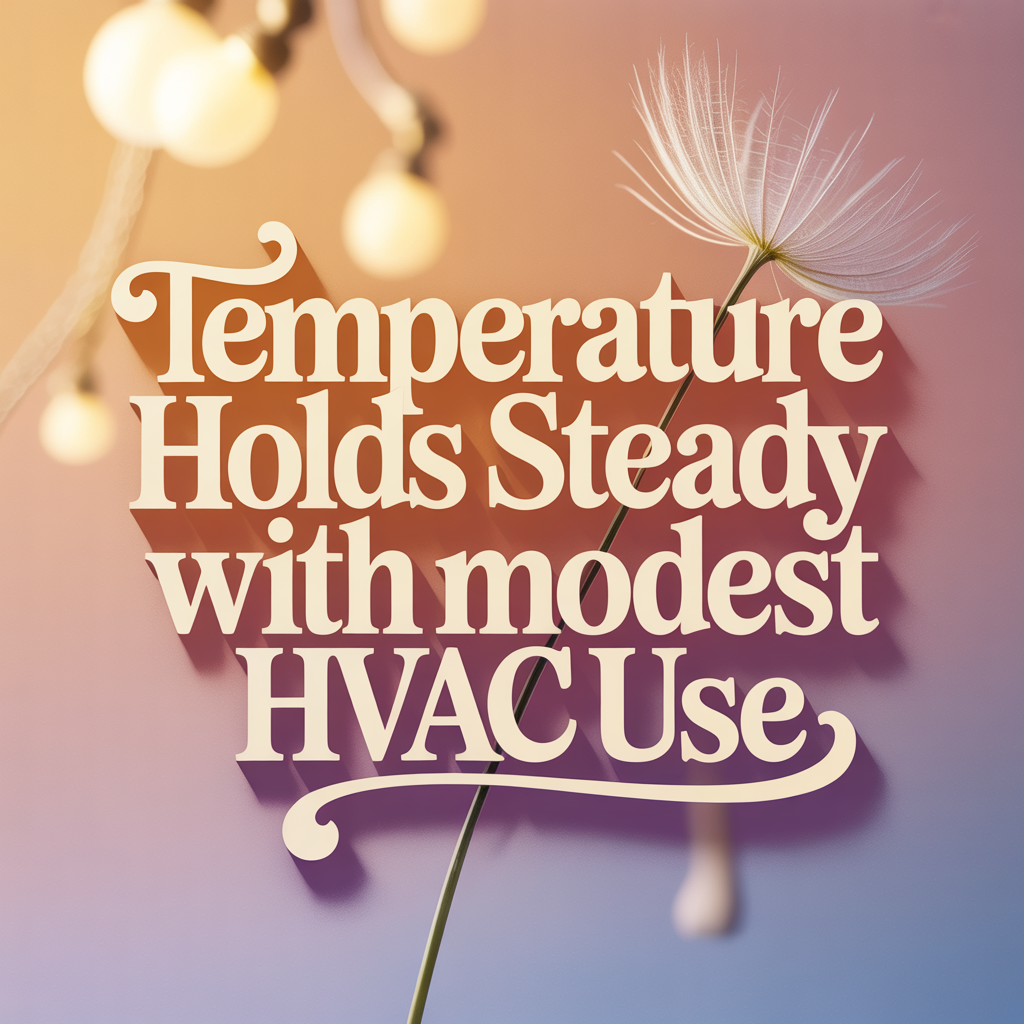
Your system isn’t cycling constantly to keep up. That signals strong envelope performance: insulation, air sealing, and windows that actually work. Comfortable rooms in both hot and cold months aren’t an accident. Stable temps equal higher build quality.
33. The air moves easily with cross-breezes.

Open two windows and you get fresh air fast. That requires multiple exposures and operable windows that seal when closed. You rely less on mechanical cooling. It’s a sign of smart layout and healthier indoor air.
32. The floor plan makes daily routines efficient.
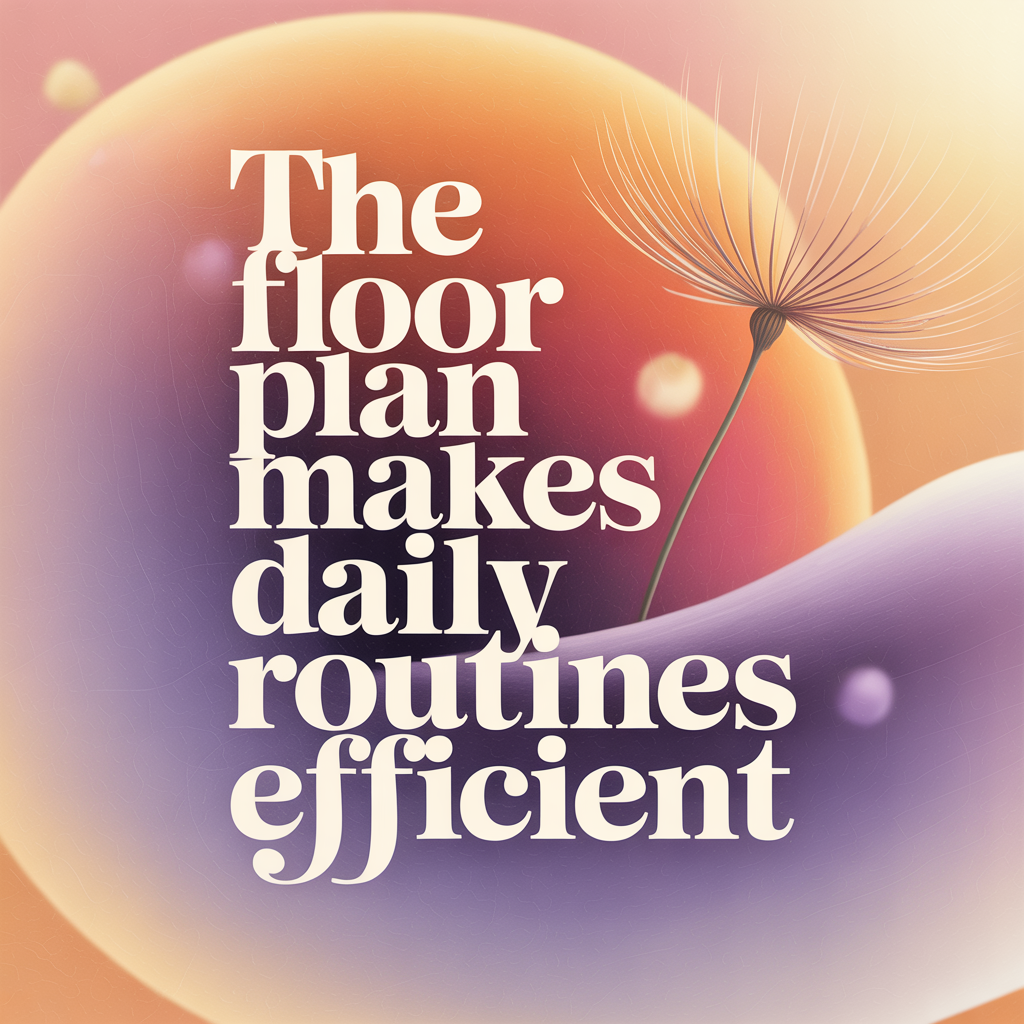
You move naturally from entry to drop zone to kitchen. Traffic doesn’t bottleneck around doors or islands. Rooms have clear purposes without awkward dead ends. Good flow is luxury you feel, not just see.
31. Ceilings are higher than standard.

Even one extra foot changes how big rooms feel. Tall spaces improve air volume, daylight angles, and sightlines. It also allows better window proportions and taller doors. People read it as “quality” the second they walk in.
30. Interior doors are solid-core and the hardware is substantial.
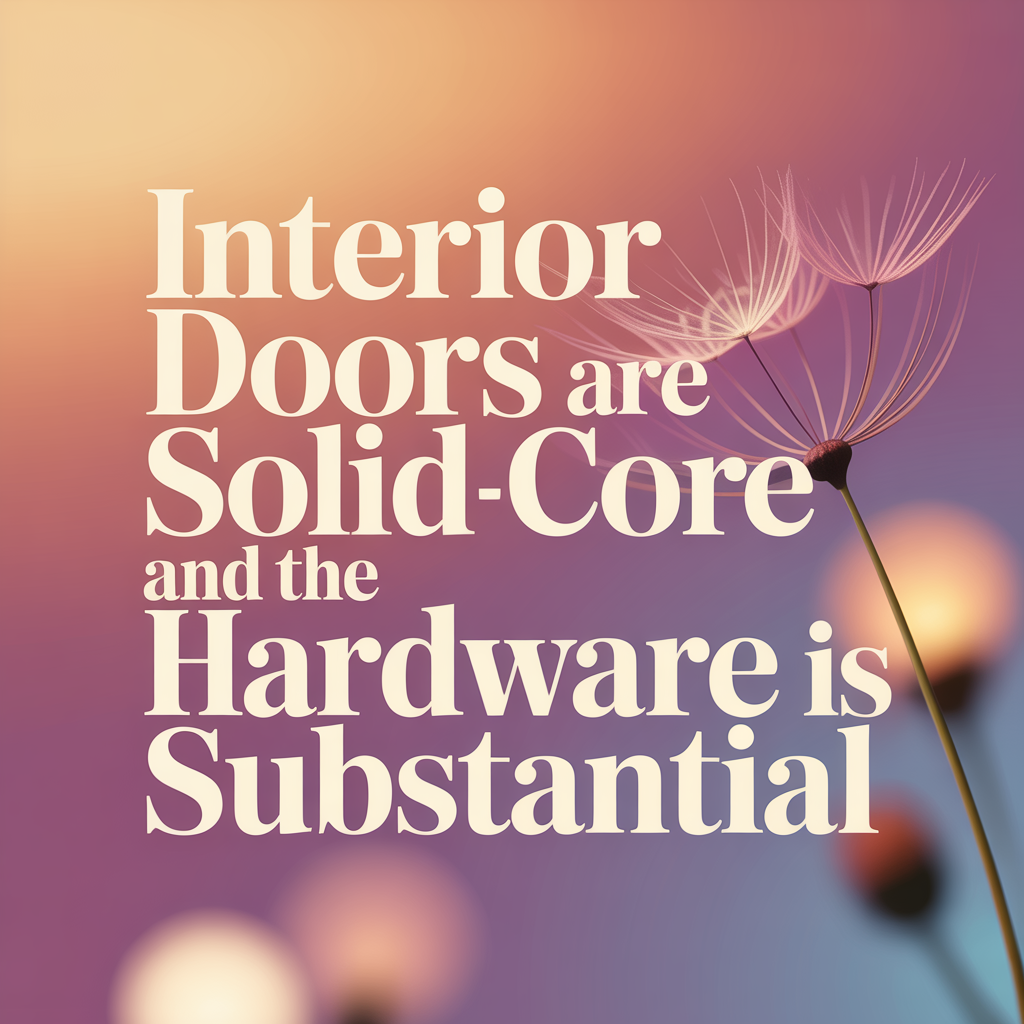
Doors close with a quiet, secure “thunk,” not a rattle. Latches align, and hinges don’t squeal. Handles feel heavy, not hollow. These small touches signal better-than-basic finishes.
29. Floors feel sturdy and level.

You don’t notice bounce, dips, or squeaks. Furniture sits flat without shims. Tile grout lines stay intact over time. Solid subfloors and framing are doing their job.
28. Walls are straight, corners are square, and cabinets align.

Trim meets cleanly without gaps. Built-ins sit plumb and doors hang true. You don’t fight sticky drawers or misaligned doors. That’s workmanship, not luck.
27. Windows open smoothly, lock properly, and seal tight.
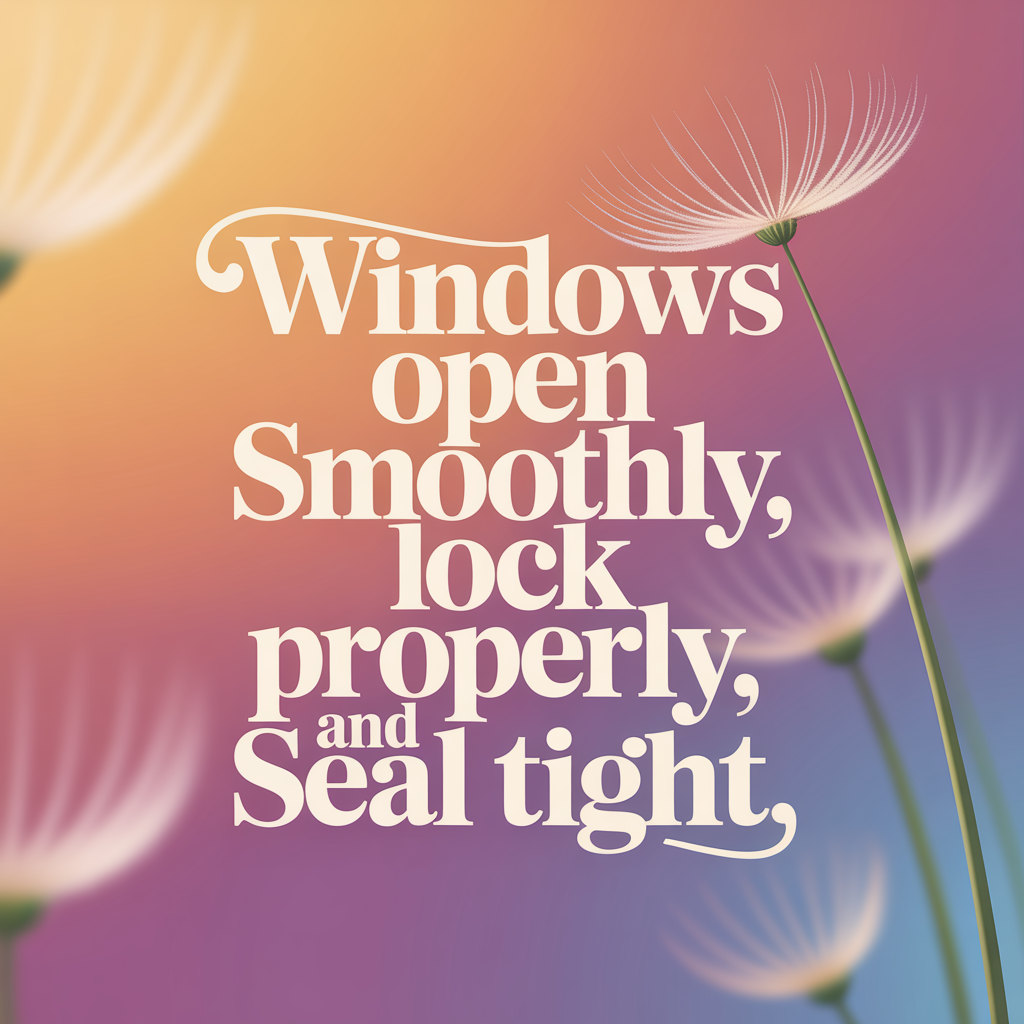
You can operate them with one hand. Drafts are minimal in winter and heat gain is manageable in summer. Screens fit without gaps. Good windows are a long-term comfort and safety upgrade.
26. You have plentiful, grounded outlets and a modern electrical panel.
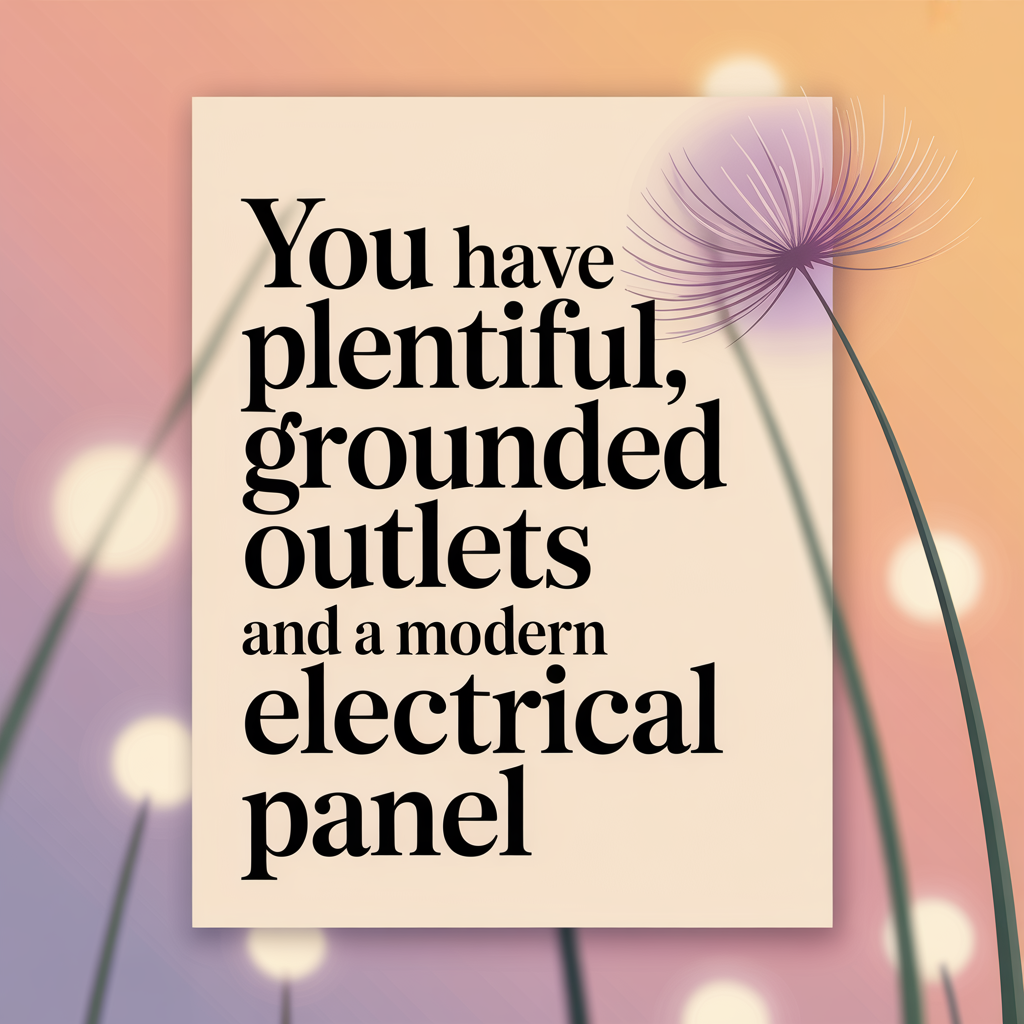
Cords aren’t draped across rooms to reach devices. Circuits don’t trip under normal loads. GFCI/AFCI protection is in the right places. A clean, labeled panel means someone cared about doing it right.
25. Water pressure is strong and stable throughout.

Showers don’t fade when a toilet flushes. Faucets hit full flow without sputtering. Appliances run efficiently because supply is consistent. Healthy pressure usually means healthy plumbing.
24. Hot water arrives quickly and consistently.

You aren’t wasting buckets waiting for warmth. Recirculation or smart routing is likely in place. Showers stay steady without temperature swings. That’s both comfort and efficiency.
23. The kitchen’s workflow just works.

Prep, cook, and clean zones aren’t on top of each other. The work triangle is clear without long detours. Counter space sits where you actually need it. You cook more because the room makes it easy.
22. Storage exceeds your current needs.

Closets aren’t crammed and shelves aren’t stacked two deep. The pantry holds both staples and overflow. Seasonal gear has a home. Extra storage is a premium feature you barely notice until it’s gone.
21. Laundry has a dedicated, ventilated space with utility features.
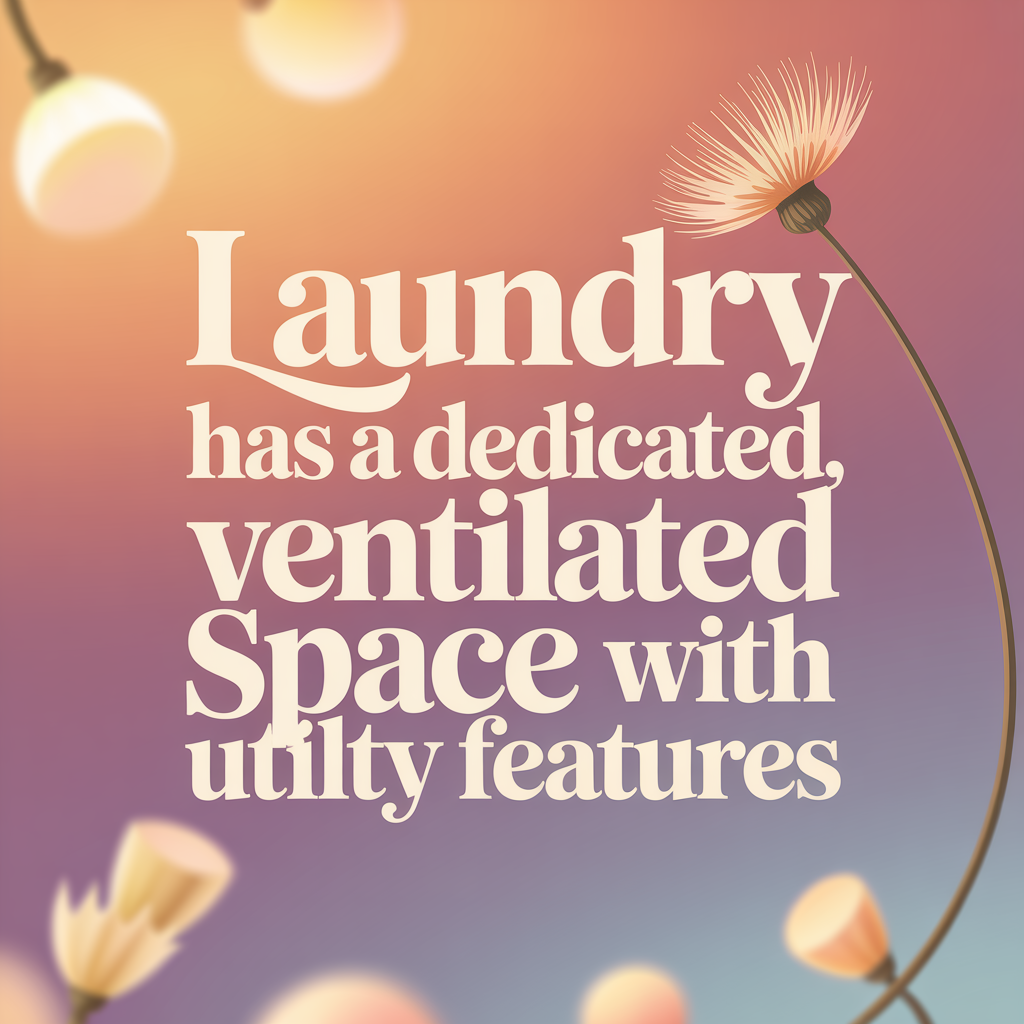
There’s room to sort, fold, and store supplies. Venting is direct and lint doesn’t coat the room. A sink or countertop saves trips elsewhere. Laundry that’s easy means the house is working for you.
20. There’s a functional mudroom or drop zone at an entry.

Bags, shoes, and coats land in one place. Hooks, cubbies, and benches keep clutter from migrating. Floors there handle moisture and dirt. Organized entries reduce daily stress.
19. Bathrooms vent well and stay dry.

Mirrors clear quickly after showers. You don’t see peeling paint or mildew streaks. Fans are quiet but effective. Dry bathrooms protect finishes and health.
18. Finish materials are quality and aging gracefully.
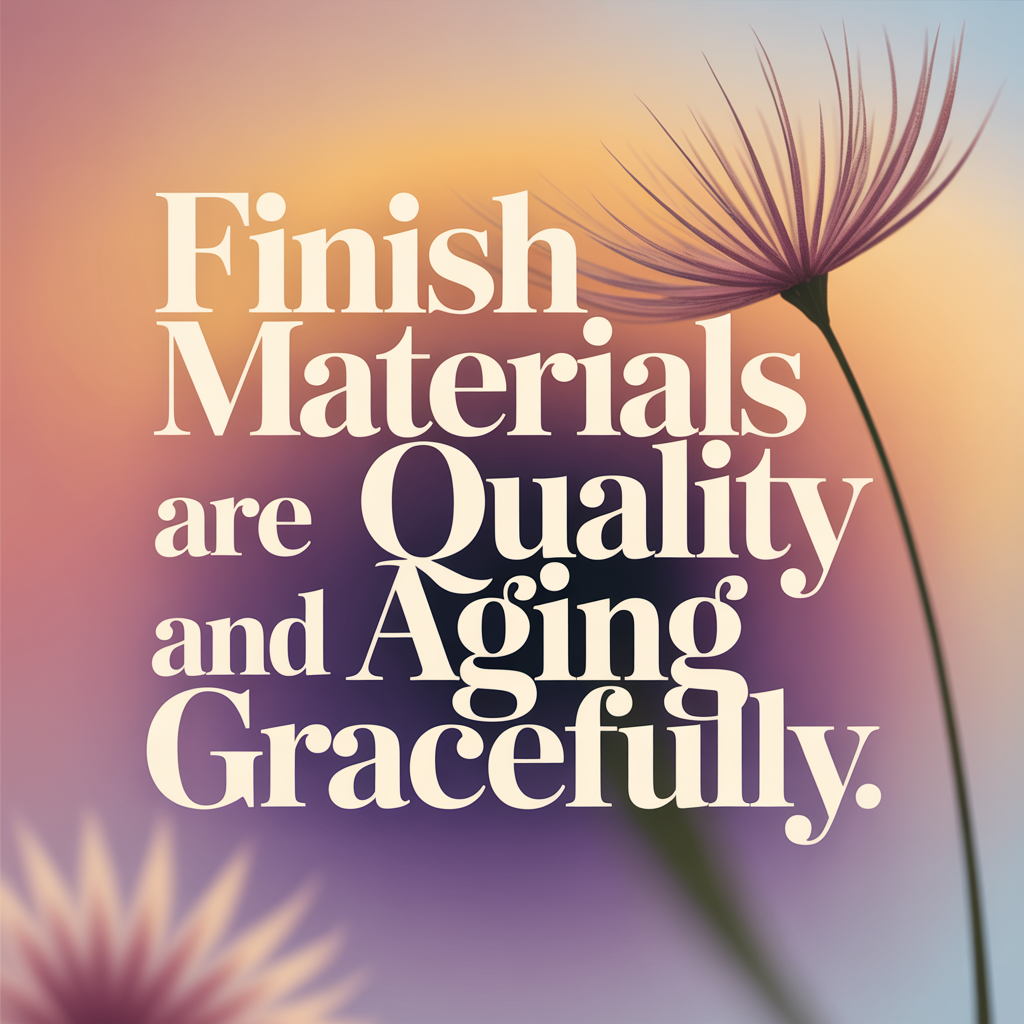
Hardwood, tile, stone, or solid-surface counters still look good. Surfaces clean easily without special routines. Seams and edges hold up under daily use. Durable finishes are a long-term value multiplier.
17. Trim and millwork feel substantial and consistent.

Baseboards and casings are tall, not skimpy. Profiles match throughout the home. Joints are tight and paint lines are crisp. Detail consistency signals careful execution.
16. The roof, gutters, and downspouts do their job.

No stains on ceilings, no mystery drips during storms. Gutters don’t spill over in a normal rain. Downspouts actually carry water away. Dry interiors start at the top.
15. Grading sends water away; the basement or crawlspace stays dry.

After heavy rain, you don’t smell damp or see puddles. Sump pumps rarely cycle and vapor barriers are intact. Efflorescence and mold are absent. Site drainage is working, which many homes lack.
14. HVAC is quiet and evenly heats and cools rooms.
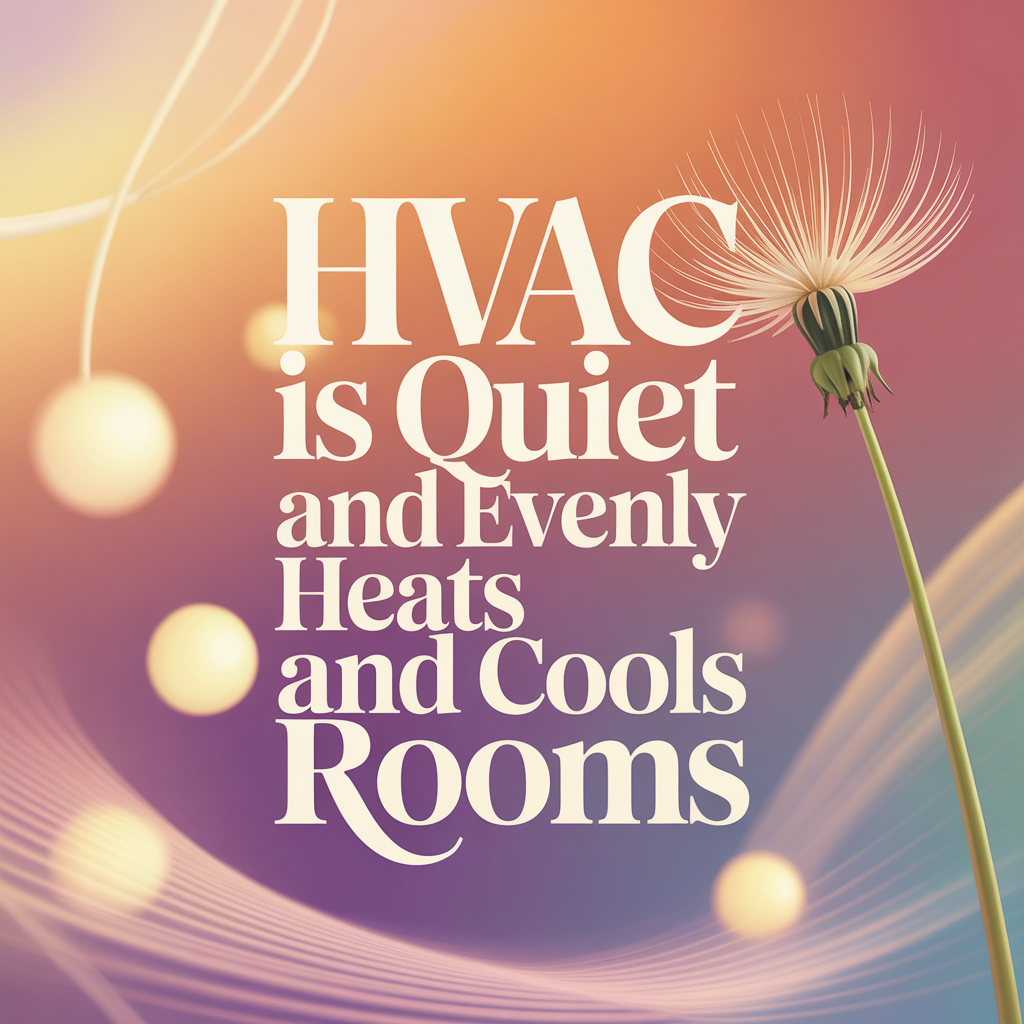
No room is a sauna while another is a fridge. Supply and return placement is balanced. Equipment isn’t roaring to be heard over conversation. Quiet comfort is an upgrade you live with every day.
13. Indoor air smells clean and humidity stays in range.

There’s no musty whiff in closets or corners. Windows don’t collect condensation in winter. A hygrometer reads roughly 30–50% most of the year. Stable humidity protects both people and materials.
12. Energy bills compare favorably to similar homes.
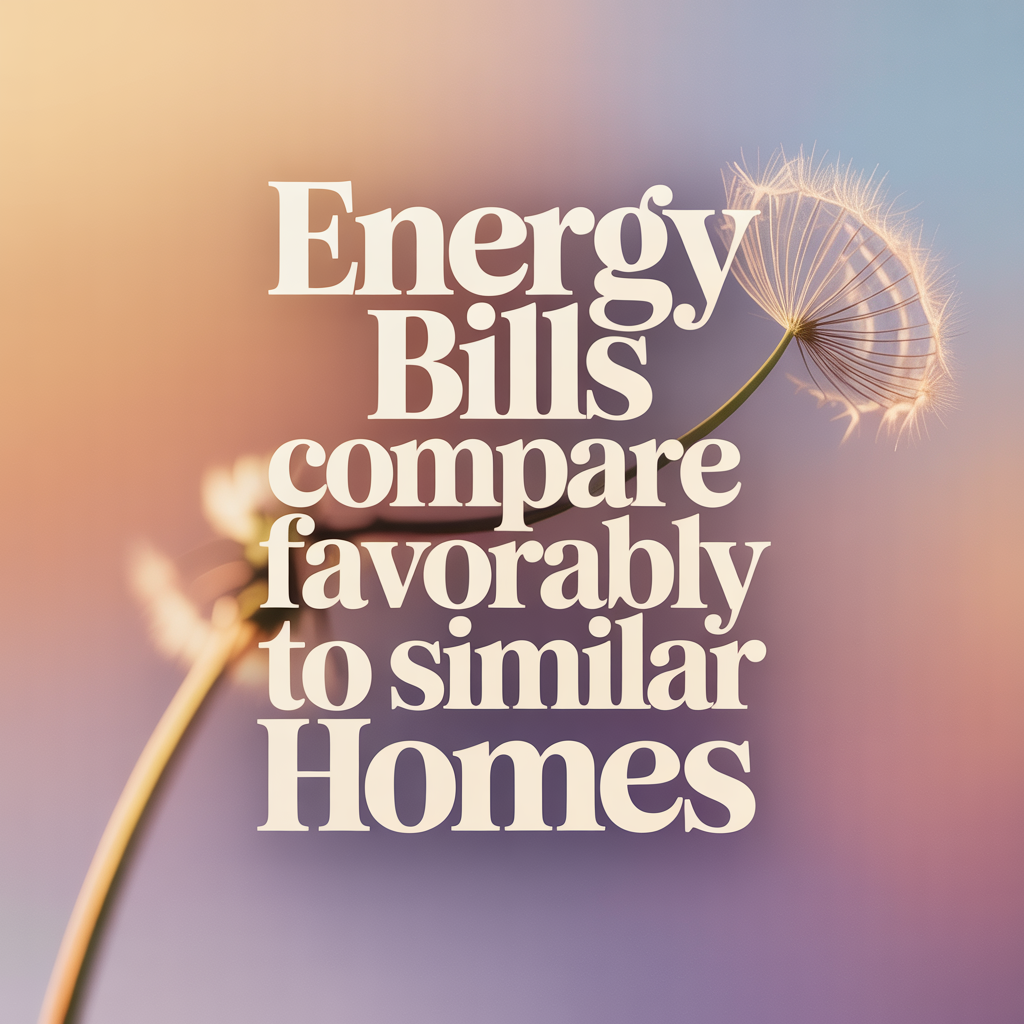
Your statements are consistently lower than neighbors with similar square footage. Seasonal spikes are reasonable. That indicates a tight envelope and efficient equipment. Efficiency is a hidden luxury.
11. Mature landscaping adds shade, privacy, and value.

Trees cut cooling loads and soften noise. Plantings screen sightlines without blackout curtains. Beds are established, not starter sticks. A grown-in yard is time and money already invested.
10. Outdoor living areas get used across seasons.

A patio, deck, or porch actually hosts meals and downtime. Lighting, outlets, and access make it easy. Surfaces are level and durable. Usable exterior space extends your home’s square footage.
9. Sightlines preserve privacy without heavy window treatments.

You can open blinds without putting your living room on display. Fencing, setbacks, and landscape do quiet work. Rooms feel open yet protected. That’s thoughtful siting and design.
8. Curb appeal holds up year-round with little effort.

The facade looks good in winter and summer. Paint, siding, and masonry wear evenly. Walkways drain and stay safe. Strong exteriors reduce maintenance and boost value.
7. You can walk to useful amenities within 10–15 minutes.
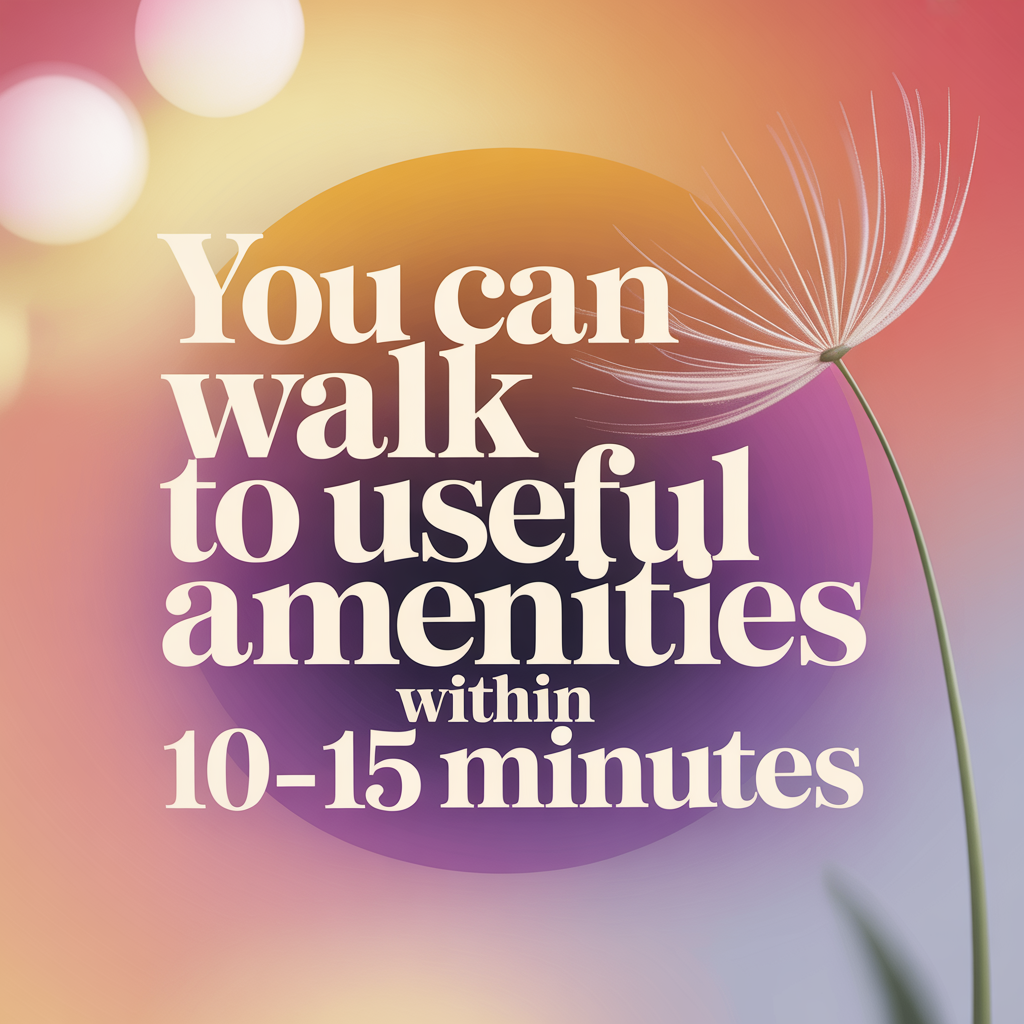
Groceries, parks, coffee, or transit are nearby. Errands don’t require a car every time. Daily life takes fewer steps and less fuel. Location quality amplifies home quality.
6. Parking and the garage actually fit your life.
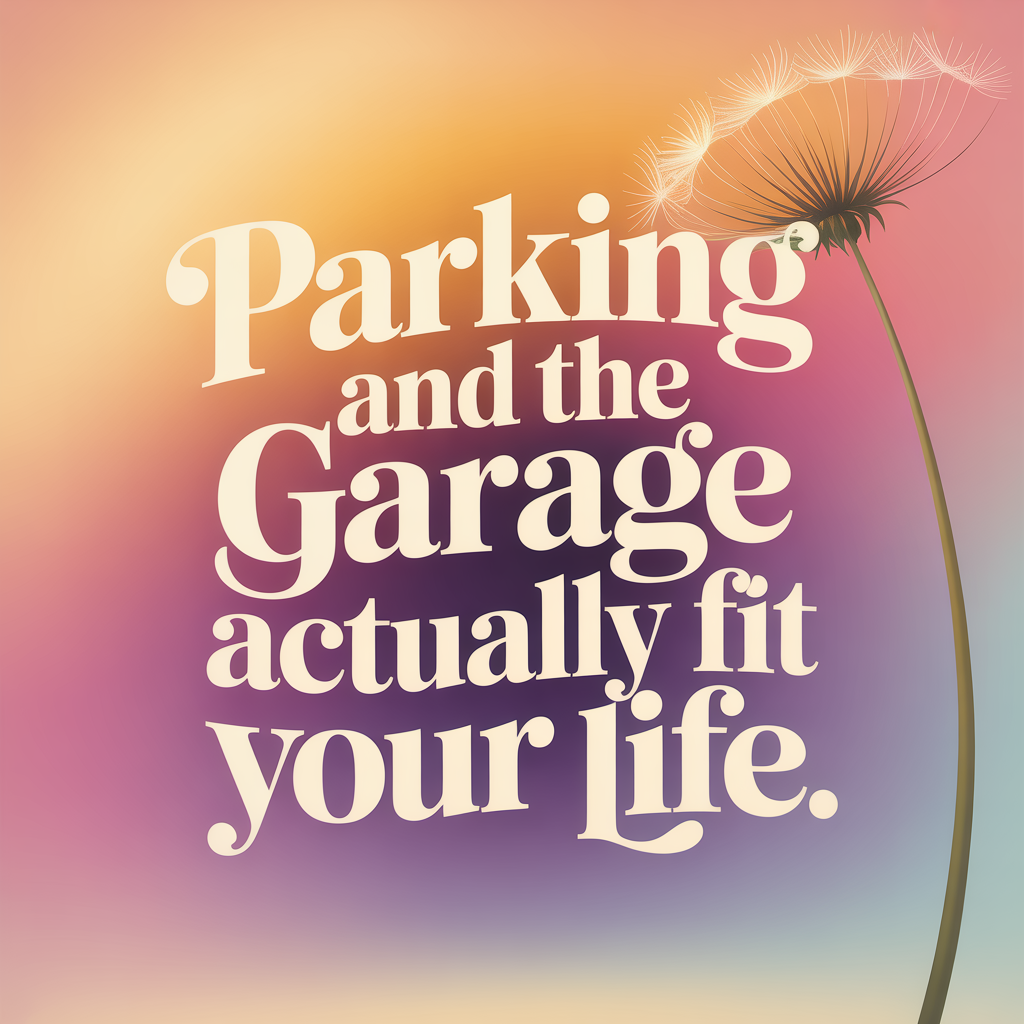
Vehicles fit without acrobatics. There’s still room for tools, bikes, or storage. Doors open fully without scraping walls. That practicality is a premium you feel daily.
5. Internet speed and wiring handle modern work easily.

Video calls don’t freeze and uploads don’t crawl. Ethernet jacks or strong Wi-Fi cover the house. Outlets and cable routing are where you need them. Digital infrastructure is part of a “nice” home now.
4. Big systems have paperwork, permits, and maintenance logs.

You can pull manuals and dates without digging. Major updates were permitted and inspected. Service tags show regular care. Documentation protects value and reduces surprises.
3. Guests linger, and people choose your home for gatherings.

Friends don’t rush out after dessert. Kids and teens naturally congregate at your place. That means comfort, flow, and seating are dialed. Social gravity is a strong quality signal.
2. You use most rooms weekly, not just a few.

Spaces don’t sit idle waiting for “someday.” Reading nooks, extra bedrooms, and flex areas get real traffic. The house adapts to work, hobbies, and downtime. Utilization equals good design.
1. You’d choose this home again at today’s price.

You can name real alternatives, but you’d still pick this one. The tradeoffs feel fair given what you get back daily. That’s the ultimate endorsement of hidden quality. Your home is nicer than you think—on paper and in practice.






